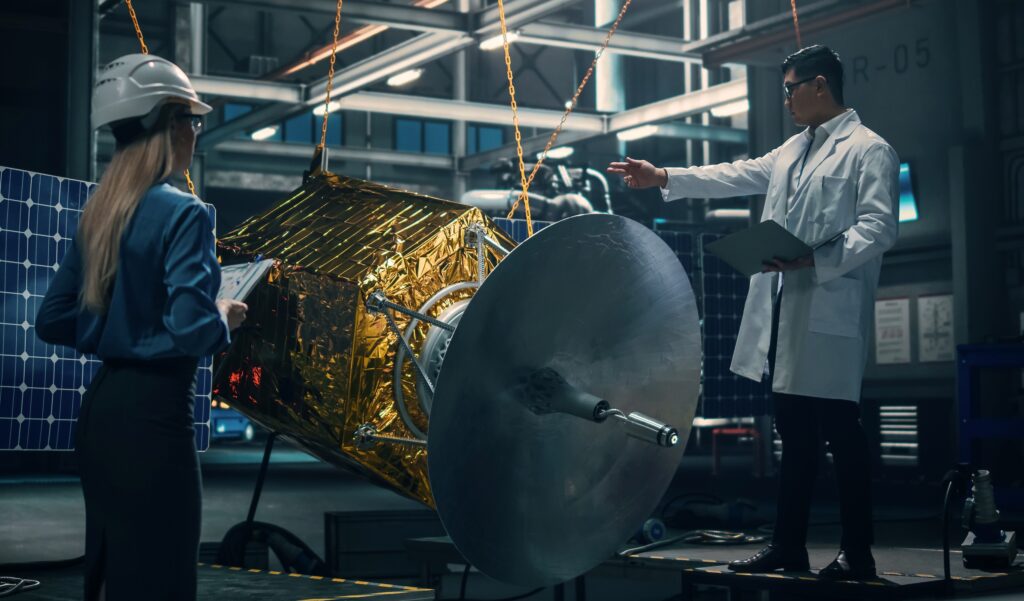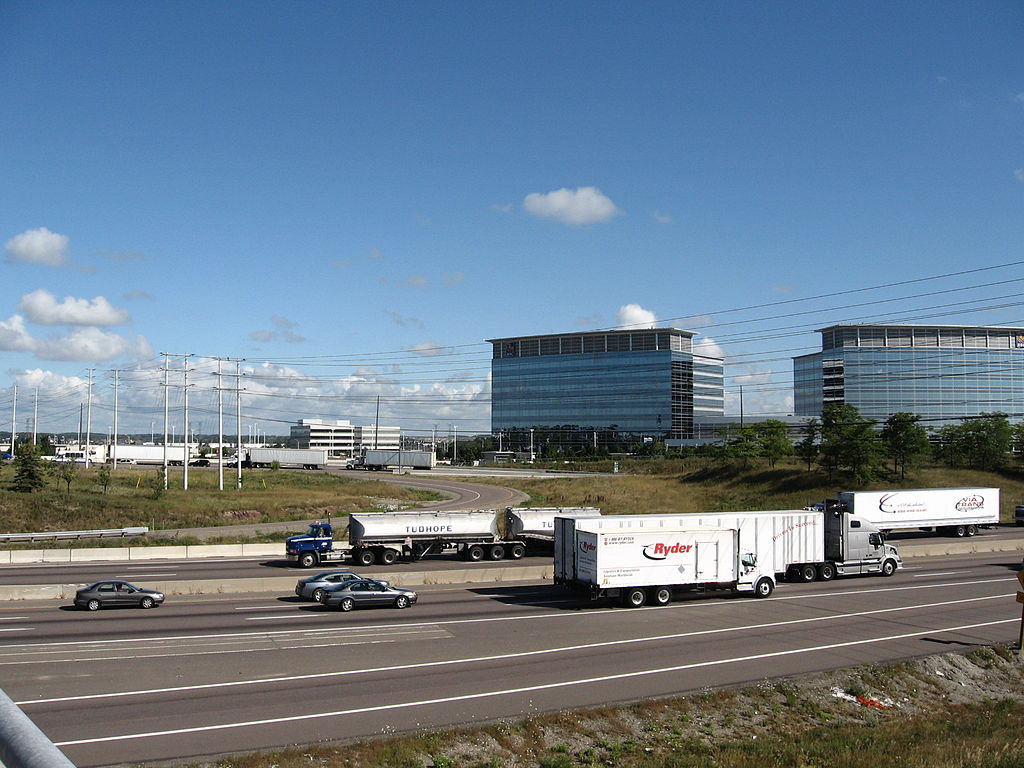The aerospace industry stands as a monument to human achievement, pushing the boundaries of technology and exploration. Throughout history, governments worldwide have recognized its significance, creating policies to nurture and develop this dynamic sector. Let’s delve into the intricate web of these policies to uncover their profound impact on the aerospace industry.
Historical Perspective
- Evolution of Aerospace: The aerospace industry has seen considerable growth since the Wright brothers’ first flight in 1903. From wood and fabric biplanes to sophisticated spacecraft, the journey is a testament to human ingenuity and perseverance.
- Early Government Intervention: World War I and II acted as catalysts for state involvement, with nations investing heavily in aerospace for military supremacy.
Why Governments Get Involved
- National Security: Aerospace technology often overlaps with defense capabilities, ensuring a nation’s security.
- Economic Prosperity: This industry offers high-paying jobs, boosts exports, and can significantly contribute to a nation’s GDP.
- Technological Advancement: Investment in aerospace leads to spin-off technologies beneficial in other sectors like health, energy, and transportation.
Key Policies And Their Impact
- Subsidies and Grants: By providing financial aid, governments can lower developmental risks for aerospace companies.
- Tax Incentives: Reducing tax burdens can increase profitability and incentivize further research and development.
- Public-Private Partnerships (PPPs): Collaborative ventures often result in shared risks and benefits, fostering innovation.
International Cooperation And Treaties
As the sky knows no borders, international cooperation is often paramount. Treaties, such as the Outer Space Treaty, lay down guidelines for space exploration, ensuring it remains the province of all humankind. Moreover, such collaborations often facilitate the pooling of resources, knowledge, and expertise, ensuring cost-effective and efficient aerospace endeavors.
Barriers And Challenges
- Regulations: While necessary, overly strict regulations can stifle innovation.
- Trade Wars and Tariffs: Protectionist policies can lead to increased costs and barriers for aerospace companies.
- Intellectual Property Concerns: Protecting proprietary technology while promoting collaboration can be a delicate balance.
Economic Benefits And Spin-offs
- Job Creation: The aerospace sector offers jobs ranging from manufacturing to high-end research roles.
- Export Potential: Aerospace products, often being high-value items, can significantly boost a nation’s export figures.
- Spin-off Technologies: Many technologies, such as GPS and satellite-based communication, have roots in aerospace endeavors.
The Role Of Infrastructure And Facilities
Rather than just policies and funding, tangible support in the form of infrastructure and facilities can play a crucial role in bolstering aerospace industry development.
Airports and Runways: The importance of well-maintained and strategically located airports cannot be understated. These act as hubs for commercial aviation, facilitating both passenger and cargo transport. Efficient runway designs, coupled with the latest air traffic control technologies, can significantly enhance flight efficiency and safety.
Testing and R&D Facilities: Before an aircraft takes to the skies or a spacecraft launches into orbit, rigorous testing is mandatory. Governments can support the establishment of state-of-the-art testing facilities. Wind tunnels, simulation labs, and space launch centers play pivotal roles in the design and validation of aerospace technologies.
Training and Simulation Centers: For an industry as critical as aerospace, training the workforce is paramount. Modern simulation centers, often supported or even established by state initiatives, ensure pilots, astronauts, and ground crew are prepared for every eventuality.
Manufacturing and Assembly Hubs: Large-scale aerospace projects demand vast manufacturing and assembly facilities. Governments, recognizing this, can offer land grants or incentivize the setup of such hubs in specific zones, often leading to localized aerospace ecosystems flourishing.
Spaceports for Commercial Space Travel: With the dawn of commercial space travel, traditional launch centers may not suffice. Governments can aid in setting up dedicated spaceports, catering to both scientific missions and commercial space tourists.
FAQs
Q: How significant is government funding in aerospace projects?
A: Funding is pivotal. For instance, NASA’s budget, provided by the US government, plays a crucial role in numerous aerospace projects.
Q: Can aerospace industries thrive without government support?
A: While possible, government policies and support significantly accelerate growth and innovation, reducing risks for private entities.
Q: What role do international collaborations play?
A. Collaborations, such as the International Space Station, exemplify the combined efforts of multiple nations, leading to shared knowledge and achievements.
Q: How does infrastructure development correlate with aerospace success?
A: Robust infrastructure directly enhances the efficiency, safety, and innovation capacity of the aerospace industry.
Q: Are there examples of countries significantly boosting their aerospace industries through infrastructure investments?
A: China’s rapid expansion of airports and aerospace facilities in recent years underscores the direct impact of infrastructure investment on industry growth.
Fostering Education And Research
Education is the backbone of any industry. Governments, by supporting STEM (Science, Technology, Engineering, Mathematics) education, ensure a constant flow of skilled professionals into the aerospace sector. In addition to formal education, governments can encourage industry-specific workshops and internships, providing hands-on experience to aspiring aerospace professionals.
Such initiatives not only bridge the gap between theoretical knowledge and practical application but also foster a culture of continuous learning and innovation within the industry.
Environmental Considerations
With growing concerns about climate change, there’s an onus on the aerospace industry to become more sustainable. Governments can drive this change by framing policies that promote green technologies. Embracing renewable energy sources in aerospace operations, such as solar-powered facilities, can considerably reduce the sector’s carbon footprint.
Furthermore, research into sustainable aviation fuels and electric propulsion systems offers promising avenues for a greener aerospace future.
Looking Ahead: The Future Of Aerospace
It’s clear that the sky isn’t the limit anymore; it’s just the beginning. As we look to explore distant planets and galaxies, the role of government policies in shaping the future of aerospace becomes ever more significant. The integration of artificial intelligence and machine learning in aerospace operations promises to revolutionize efficiency and safety protocols.
Additionally, as the quest for interplanetary colonization gains momentum, the focus will shift towards developing sustainable life-support systems and advanced propulsion technologies.
The intricate dance between the aerospace industry and government policies is a testament to the importance of this sector. Through collaboration, funding, and supportive regulations, governments can pave the way for greater achievements in aerospace, making the universe more accessible to us all. The journey ahead, with its challenges and promises, beckons to be traversed, with the guiding hand of astute policies leading the way.


